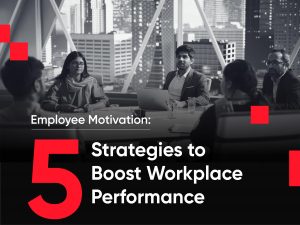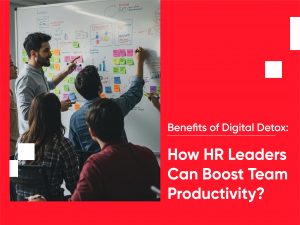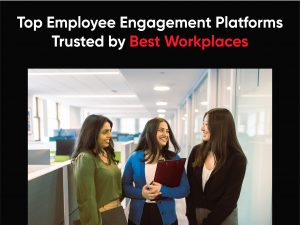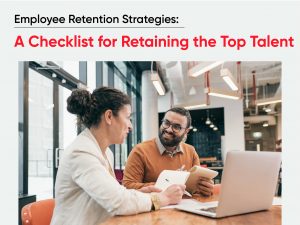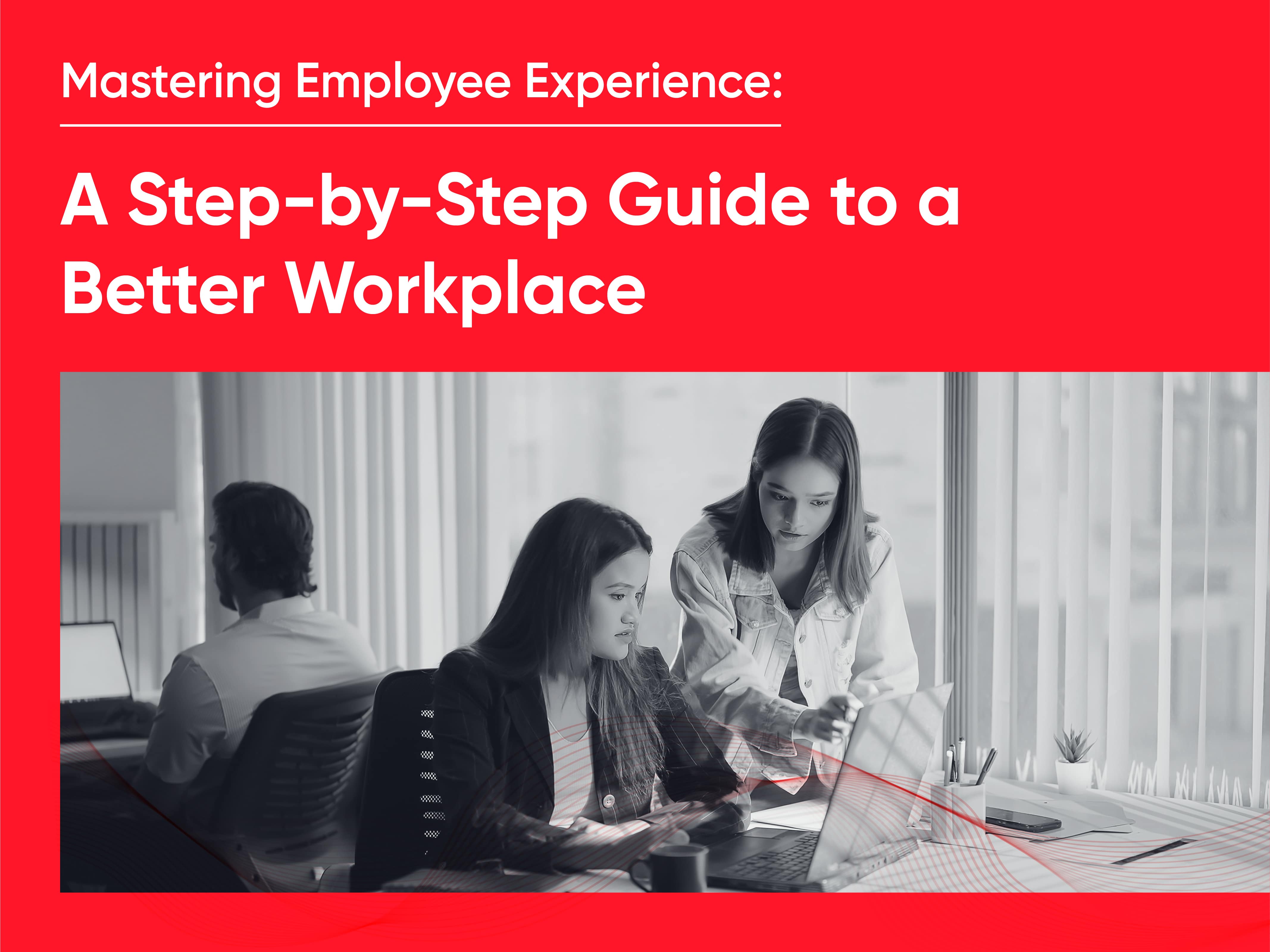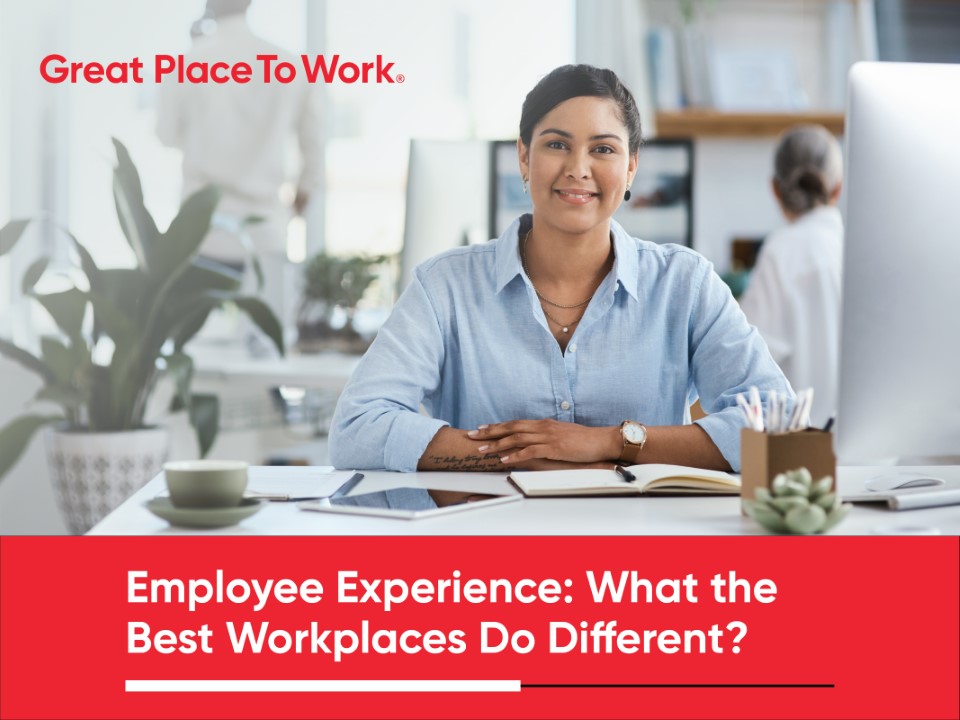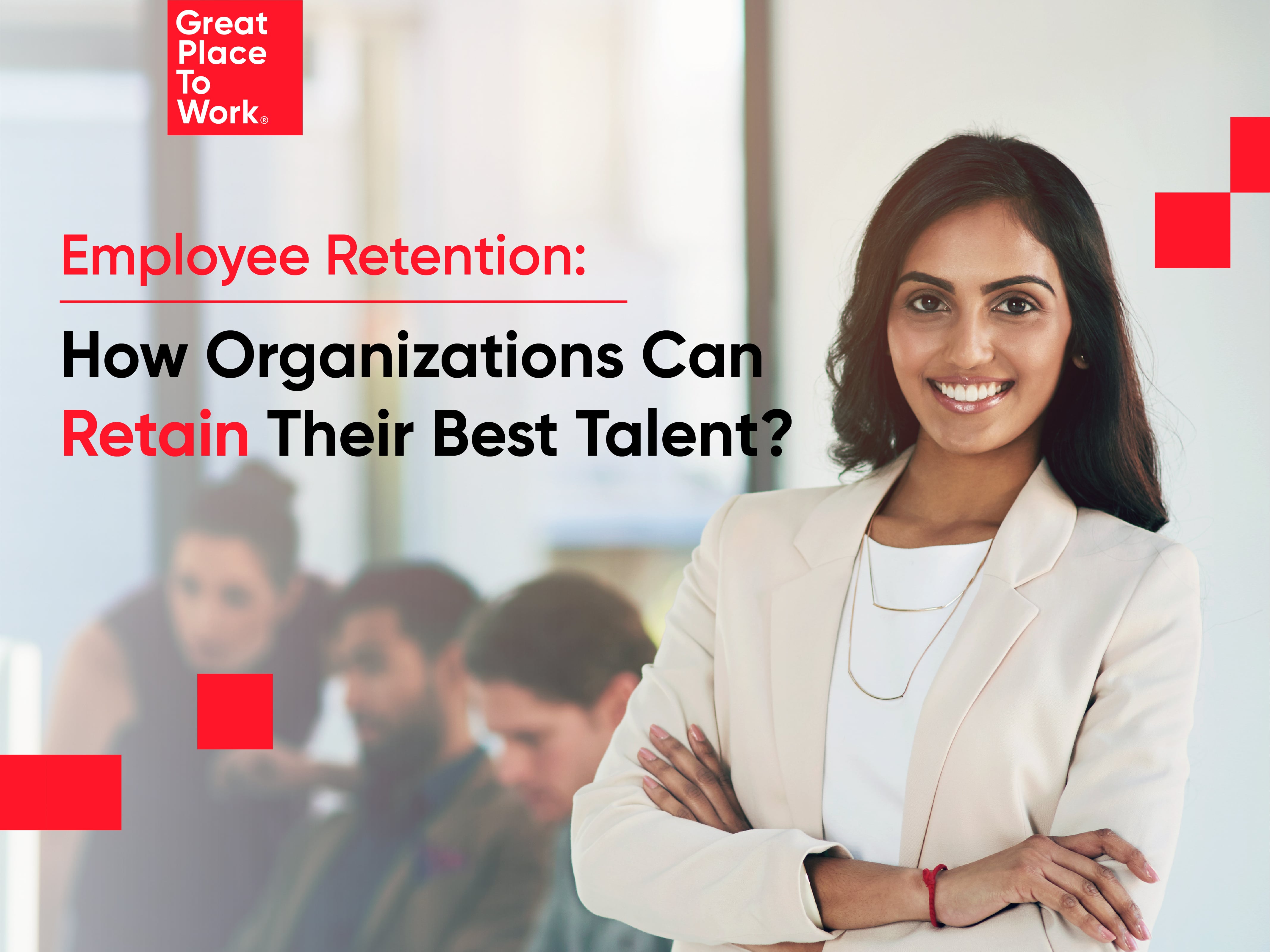Reading Time: 3 minutes
For too long, workplaces have been designed with a one-size-fits-all approach, often failing to truly cater to women’s unique needs and aspirations. This reality not only hinders individual growth and well-being but also limits the potential of organizations to thrive in a diverse and dynamic world. But the tide is turning. Emerging as beacons of progress are workplaces actively dismantling the “one-size” model and embracing the power of targeted initiatives that empower women to reach their full potential.
This blog dives into the exciting world of workplace inclusivity through a female lens. We’ll explore the niche focus areas crucial for women’s professional journeys, from leadership development and work-life balance to flexible work arrangements. We’ll shed light on the innovative approaches being adopted by Best Workplaces to shatter glass ceilings, foster a supportive environment, and unleash the untapped talents of women.
How Are Women’s Workplace Perceptions Evolving?
Women’s workplace perception has remained stable at 82% for the past two years. It has been stable since 2021 for women, implying a consistent workplace experience.

Let’s have a closer look at some key areas where organizations can improve women’s workplace experience
Unfortunately, unconscious bias and gender discrimination remain pervasive realities in many workplaces. Best Workplaces prioritize creating safe and inclusive environments by implementing unconscious bias training, conducting regular diversity audits, and establishing clear policies and procedures for addressing harassment and discrimination. By proactively tackling these issues, they create a workplace where women feel respected, valued, and empowered to speak up.
Building an Ecosystem for Women Leaders to Thrive
The stark reality of a mere 16% female representation in executive, C-level management, and CEO positions in India paints a clear picture of the glass ceiling that impedes women’s ascent to leadership. Through targeted development programs, empowering mentorship initiatives, and game-changing sponsorship opportunities, they empower individual women and rewrite the leadership narrative. Their commitment to gender equity extends beyond mere compliance; it recognizes the untapped potential of women leaders and harnesses their diverse perspectives to drive innovation, boost morale, and propel organizations toward new heights.

Career Comeback Opportunities for Women
For many women, careers can take unexpected detours – raising children, caring for family, or pursuing personal goals can put professional aspirations on hold. But returning to the workforce shouldn’t feel like starting from scratch. Career comeback programs recognize the unique skills and experiences women bring after a career break, offering a supportive bridge back into the professional world.
Career comeback programs aren’t just about finding a job and rediscovering potential and confidence. They empower women to leverage their diverse experiences, showcase their skills, and, ultimately, find fulfilling careers that fit their lives. It’s a win-win scenario – organizations gain invaluable talent and fresh perspectives while women reclaim their place in the professional world, stronger and more experienced than ever.
Combating Pay Parity
The concept of equal pay seems straightforward: for the same work, the same compensation. Yet, the stubborn reality reveals a persistent chasm: the global gender pay gap, where women typically earn less than men for equivalent roles. This disparity isn’t just morally unjust; it stifles economic potential, hinders career progression, and fuels societal inequalities.
Achieving pay parity requires a multi-pronged approach. Transparency in salary structures is crucial, shedding light on existing imbalances and enabling informed negotiations. Combatting unconscious bias through training and diversity initiatives is essential to dismantle discriminatory mindsets that perpetuate wage gaps. Investing in childcare infrastructure and advocating for flexible work arrangements can alleviate women’s burden, levelling the playing field for career advancement.
Work-Life Balance for Women
The juggling act of balancing work and personal commitments is a familiar struggle, especially for women who often bear the brunt of domestic responsibilities. They understand that work-life integration isn’t a luxury; it’s a necessity. That’s why they offer flexible work arrangements, like compressed weeks or remote options, so women can design schedules that fit their lives.
But it’s more than just policies. Best Workplaces foster a culture that normalizes flexibility, encourages open communication about personal needs, and celebrates diverse working styles. Women feel comfortable setting boundaries and prioritizing their well-being without fear of judgment. By empowering women to achieve their full potential, Best Workplaces benefits everyone, building a happier, more productive, thriving organization.



